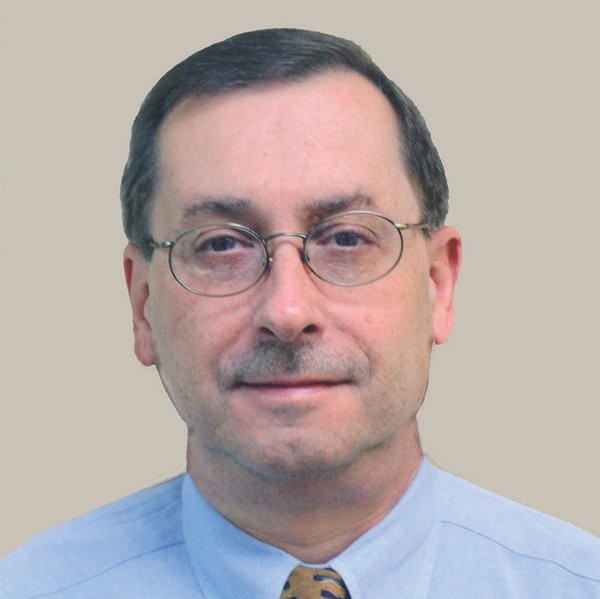At our centers, we exclusively perform hair restorations with Follicular Unit Extraction systems that automatically or robotically extract the individual hair follicles, getting away from the disadvantages of the earlier manual FUE process, as well as the older invasive strip surgery FUT transplants. Our Hair Restoration Centers use both the NeoGraft automatic FUE hair restoration system and the ARTAS robotic FUE hair restoration system.
Both the NeoGraft and ARTAS procedures are minimally invasive and we use assisted-automation or robotics to precisely extract individual hair follicles and we can make use of essentially every single hair follicle extracted. There is no cutting out part of the scalp like with the strip surgery methods, so no linear scar is left on the patient’s head where hair will not grow back. These procedures are very safe.
The automated and robotic procedures are much faster than older techniques and we can typically transplant 2500 to 3000 grafts in a session, which is a large amount. With our procedures the patient will not have any appreciable hair thinning due to the procedure itself. The patient has minimal downtime and can return to physical activity or work soon after the procedure.
Bill: What kind of results can a patient get with NeoGraft and ARTAS hair restorations?
Dr. Bassin: With both the NeoGraft and ARTAS FUE restorations the grafts are very small and the result looks natural. Even professionals that work on hair all the time have a hard time recognizing that the hair has been transplanted and many patients have mentioned that their barber or their hair stylist didn’t believe that they had transplants.
Bill: How long does it take to see results?
Dr. Bassin: It does take time, and patients typically see the full results in about one year. On average, by the sixth to eighth month, considerable density will be realized, and by a year after the procedure the hair will be fully grown-in. It is important to note that some patients may get growth early on while others do not have any growth until much later in the year post-procedure. This varies from individual to individual.
Bill: Are the results permanent?
Dr. Bassin: Yes, the results are permanent. The hair follicles we harvest in the donor area at the back and sides of the head are not sensitive to the androgens and when we transplant them to another area, the follicles keep their androgen-resistant characteristics, so the hairs we transplant will remain forever.
Bill: How should someone interested in considering hair restoration select a surgeon or a hair restoration center?
Dr. Bassin: To get the best results, a patient should look for a hair restoration center that offers the most advanced technology, either the NeoGraft automated FUE process or the ARTAS robotic FUE process, or preferably one that offers both. The automated and robotic processes are dependent on the specialists performing the procedures and establishing the patient-specific extraction parameters, so make sure that the procedure is going to be under the direct control of a full time, experienced hair restoration physician and team. There is an art in the placement of individual hair follicles to provide a natural looking result, so experience is critical.
Bill: Describe the typical patient experience during a NeoGraft or an ARTAS hair restoration procedure at your Orlando and Tampa Hair Restoration Centers.
Dr. Bassin: When the patient arrives in the morning, he or she will be greeted by our hair restoration team. The patient will be taken back to our relaxing spa-like facilities where we will give a brief orientation of the day, review the surgical plan, and have our pre-operative photo session. The first part of the procedure entails the extraction of the grafts from the donor area. This is a painless process once the donor area has been anesthetized. The use of sedation is not required for FUE hair transplants due to the minimally invasive nature of the surgery; all that is required is a local anesthetic.
Once all the extractions have been performed, the next step is to make the recipient sites. This determines the orientation, angle and direction of hair growth. Once again, after administration of a local anesthetic, this is a painless process. The final portion of the surgery is to insert the grafts into the recipient sites.
Depending on the amount of grafts, procedures may last 4 to 8 hours. We give a break for lunch and provide lunch for our patients. During the procedure, the patient may access mobile devices, view movies on a tablet, check email, or watch television. Many patients are very comfortable during the procedure and they just simply fall asleep while we work. Once finished, patients are on their way back home.
Bill: Dr. Bassin, thanks for providing information for our readers on the latest advances in hair restoration. If prospective patients want to find out more about these procedures, how can they get more information?
Dr. Bassin: You are welcome, Bill. We have educational materials available on our hair restoration web sites, so I suggest your readers visit
http://www.OrlandoHairMD.com or http://www.TampaHairMD.com.

